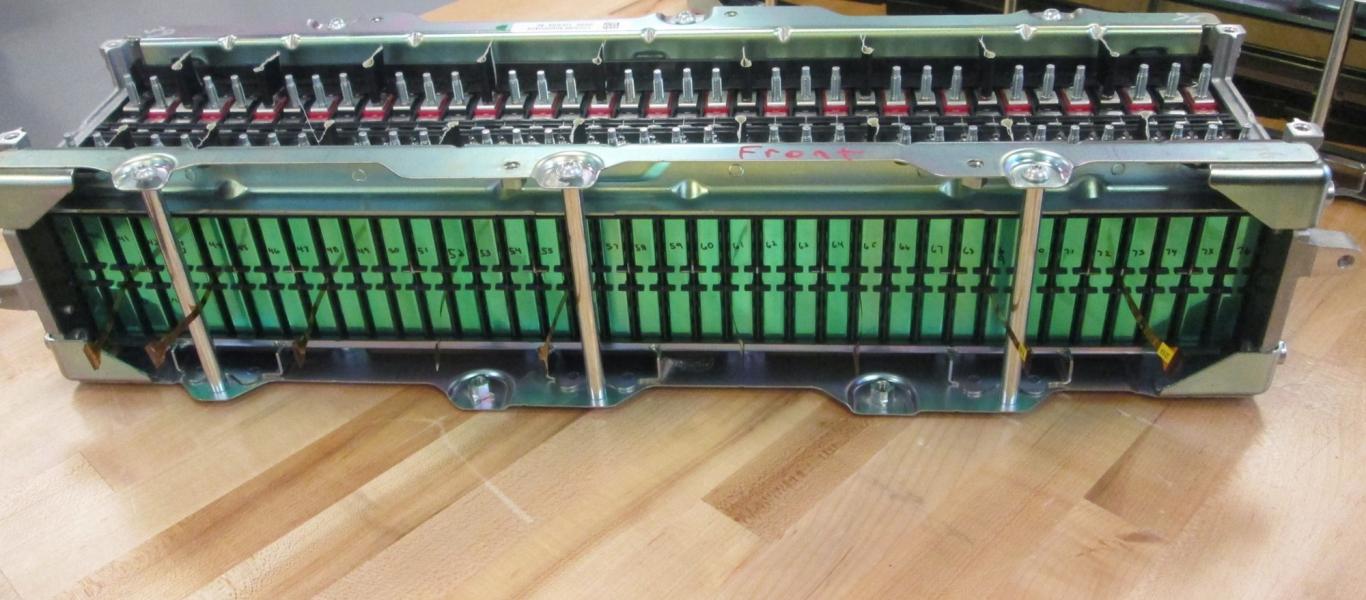The purpose of this study was to highlight the technical and economic issues arising in lithium ion cells for automotive applications and to indicate some potential solutions to lower the cost.
Lithium ion battery cells for automotive applications.
Stanley whittingham rachid.
Each cell in the li ion battery stack produces 3 0v to 3 9v depending on its state of charge discharge.
Such cells provide a relatively light and small source of energy and are now manufactured in very large quantities 1 billion cells per year in an automotive application a lithium ion battery consists of tens to thousands of individual cells packaged together to provide the.
Although the quality of battery fabrication has improved guarding against higher temperature and fault conditions in any automotive application remains crucial for reliable operation.
This topic has already been the subject of some studies but although of primary importance the role on cost of a cell design parameter the.
A prototype li ion battery was developed by akira yoshino in 1985 based on earlier research by john goodenough m.
Figure 1 shows one version of an hev power train.










